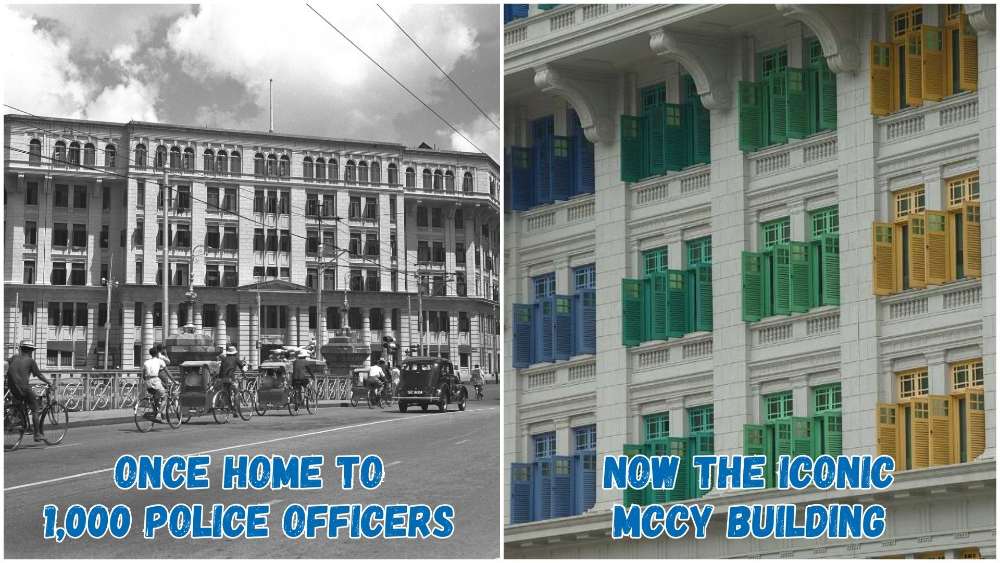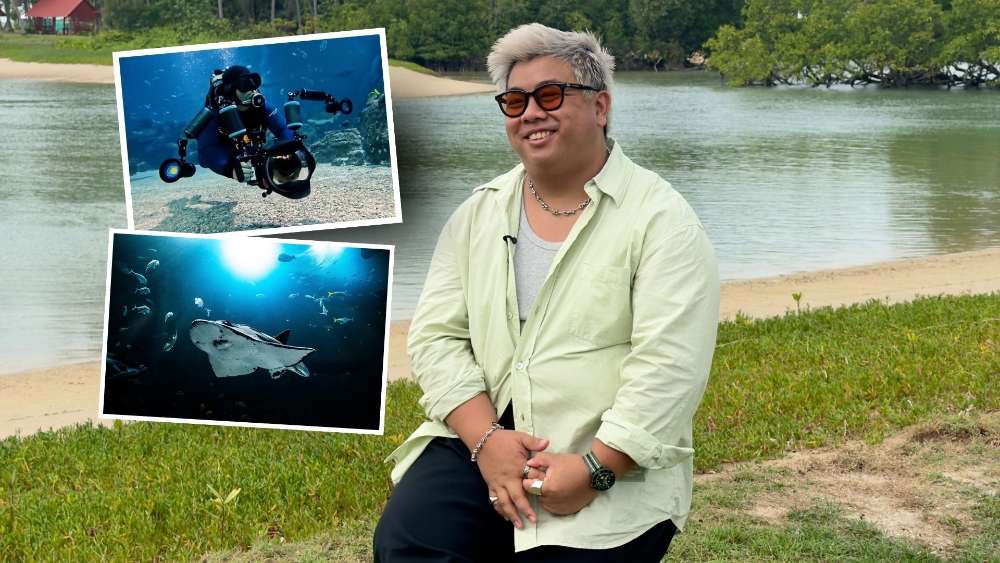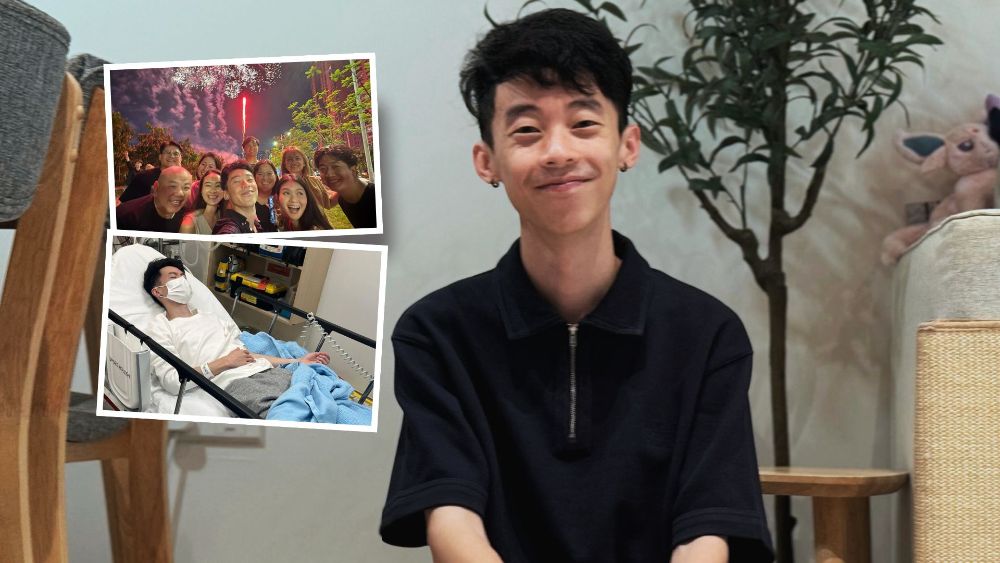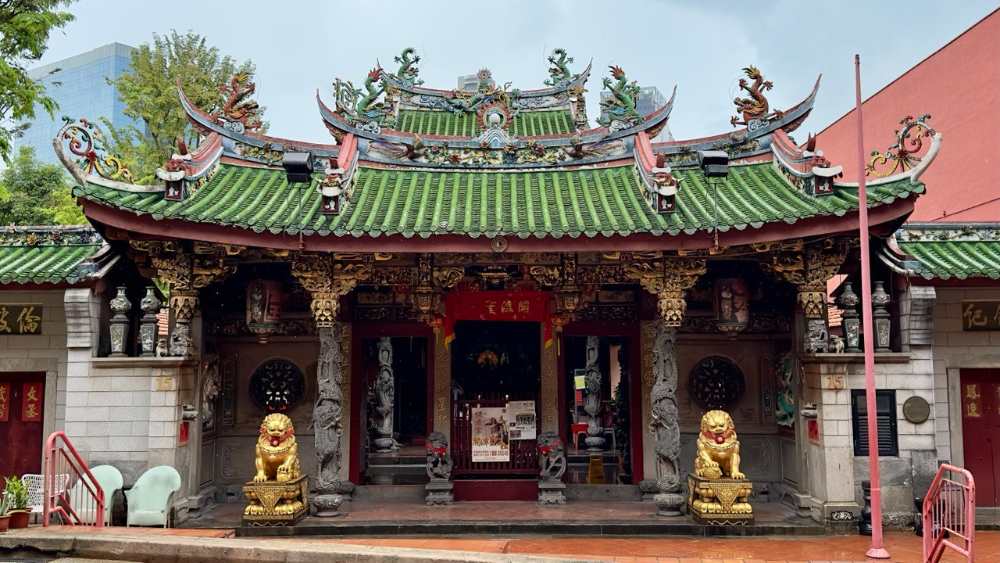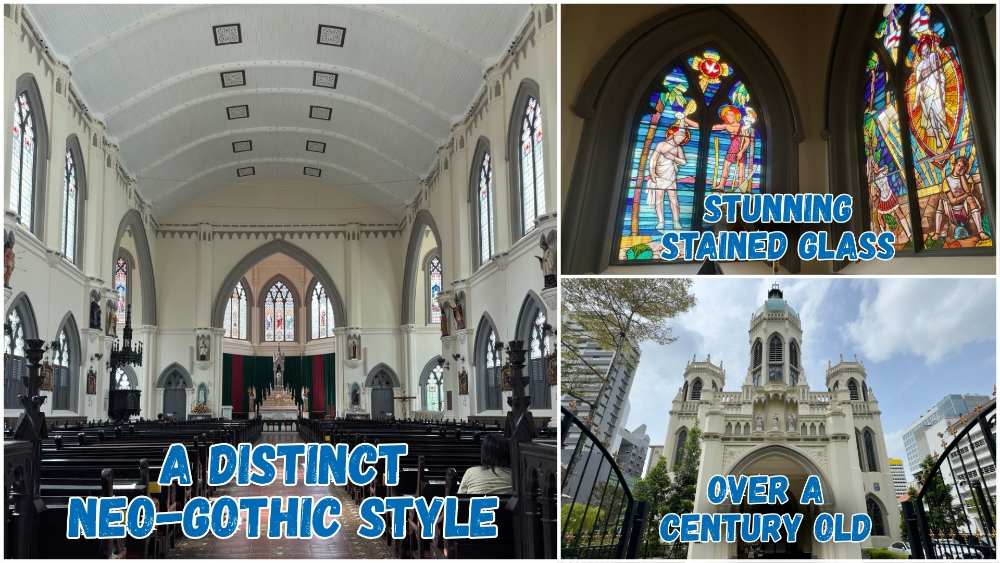National Monuments Of Singapore: Tan Si Chong Su
What is a National Monument? Who gazettes them? How many national monuments are there in Singapore? To date, the Preservation of Sites and Monuments, a division of National Heritage Board, has identified and gazetted 75 buildings, structures and sites of national significance as an integral part of Singapore’s built heritage.
And we're here to tell you all about them - one National Monument at a time!
You've probably passed by or stepped into more than a few of them without realising they were National Monuments: Al-Abrar Mosque, Asian Civilisations Museum, the Civilian War Memorial, Saint Andrew's Cathedral, the Esplanade Park Memorials, Fort Siloso on Sentosa - no need to plan an itinerary for friends visiting from overseas; just show them this article ✌️
In this edition, we cast a spotlight on a Chinese temple that has been around for close to 150 years, Tan Si Chong Su.
📍 Location
Tan Si Chong Su was the 12th building to be gazetted as a National Monument, and is located near other National Monuments such as the Former Ministry of Labour Building (now Family Justice Courts) and Former Thong Chai Medical Institution. The MRT stations nearest to it are Clarke Quay and Fort Canning.
📅 Significant dates
Date built:
- 1876: Tan Si Chong Su temple was built on reclaimed land at Boat Quay
Milestones:
- 1889: Po Chiak School was founded
- 1962: Po Chiak School was closed due to declining enrolment
- 1982: The temple was opened to all Chinese worshippers
Date gazetted: 19 Nov 1974
📜 History
Initially situated on the banks of the Singapore River, Tan Si Chong Su (also known as 陈氏宗祠, "Ancestral Hall of the Tan Clan") now stands further inland due to land reclamation. Its construction was primarily funded by Tan Kim Ching (陈金钟) and Tan Beng Swee (陈明水).
Tan Kim Ching was the eldest son of renowned philanthropist Tan Tock Seng (陈笃生), who had founded the Chinese Pauper Hospital (now Tan Tock Seng Hospital) and contributed significantly to Thian Hock Keng’s building fund.
Tan Beng Swee was the son of Tan Kim Seng (陈金声), celebrated for his generous support of local waterworks and commemorated by a memorial in Esplanade Park.
Also known as Po Chiak Keng (保赤宫), po chiak meaning "protection of the innocent", the temple historically mediated disputes and protected newly arrived Chinese immigrants. Its role was akin to the Chinese Protectorate established in 1877, which was later relocated to the Former Ministry of Labour Building.
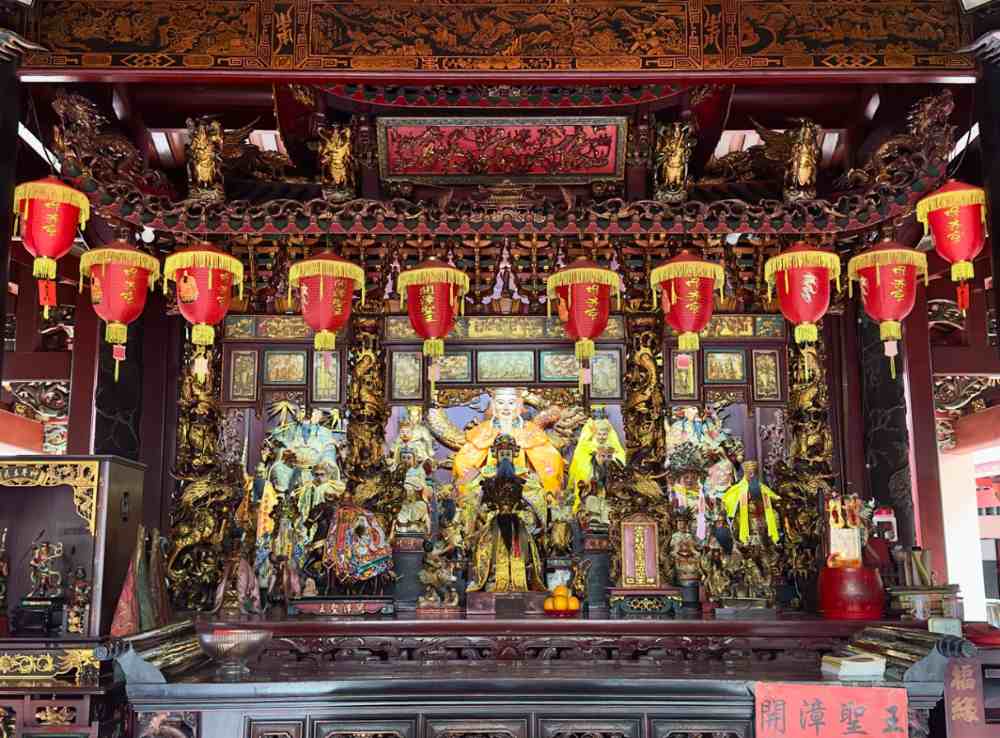 IMAGE: NG KAI
IMAGE: NG KAI
The Main Hall enshrines Chen Sheng Wang (陈圣王), the temple's chief deity and patron of the Tan clan. He was known as General Chen Yuanguang (陈元光) during the Tang dynasty and is venerated for his leadership in stabilising southern Chinese towns. Following his contributions, he was deified and worshipped by people in southern China, Taiwan, and Southeast Asia.
There are other deities revered in the temple, such as Yu Huang Shangdi (玉皇上帝, Jade Emperor), the highest sanctity of Taoisim; Emperor Shun (舜帝), a fabled Chinese king; Mazu (妈祖), Goddess of the Seas; the Goddess of Mercy (观音菩萨); and Confucius.
The Rear Hall holds ancestral tablets of prominent Tans and past trustees, as well as tablets of members from seven other surnames: Lu (陆), Sun (孙), Tian (田), Yuan (袁), Hu (胡), Yu (虞), and Yao (姚), who are believed to share common ancestry.
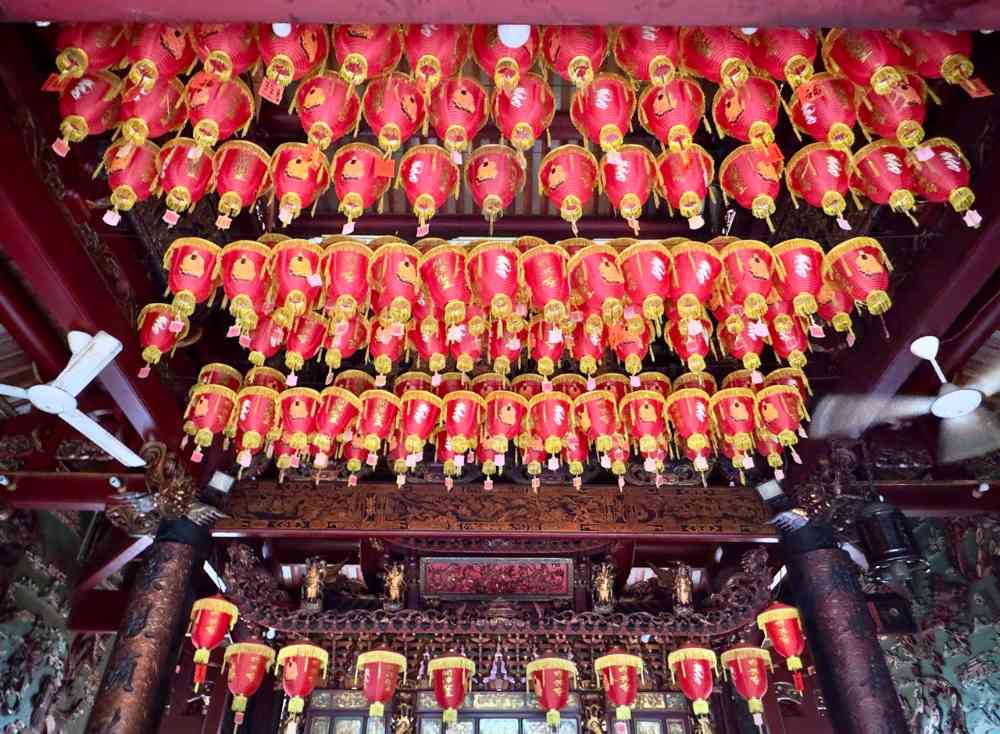 IMAGE: NG KAI
IMAGE: NG KAI
In 1889, the Yu Lan Study Hall (毓兰书室) was established as a private school within the temple and later renamed Po Chiak School (保赤学校) post-Japanese Occupation (1942-1945). It primarily educated children of the Tan clansmen – it had about 200 students at its peak – but closed in 1962 due to declining enrolment.
While Tan Chong Si Su began as a temple for the Tan clan, it has been opened to all Chinese worshippers since 1982.
📐 Design and architecture
Tan Si Chong Su exemplifies traditional Hokkien architecture, with three halls and distinctive curved roof ridges with forked ends upturned like swallow tails. The temple bears similarities to other temples adorned with sculptures of dragons, flowers, and animals, including Thian Hock Keng, Hong San See, and Lian Shan Shuang Lin Monastery.
 IMAGE: NG KAI
IMAGE: NG KAI
The sculptures were designed using the jian nian (剪粘, "cut and paste") technique, where colourful ceramics are carefully cut into tinier fragments and pieced together to form beautiful ornamentations. The temple also features dancing dragons and flaming pearls – the former symbolise power and justice, and the latter, immortality and perfection.
Similar to Thian Hock Keng, the wall adjacent to the left entrance of this temple (facing the road) showcases the relief of a dragon, while the wall of the right entrance displays that of a tiger. Tradition dictates that worshippers should enter through the "Dragon's Door" (入龙门), representing a request for the deity's blessings, and exit via the "Tiger's Gate" (出虎口), signifying protection from misfortunes. The central entrance is typically reserved for the movement of the deities and remains closed, except during festivals.
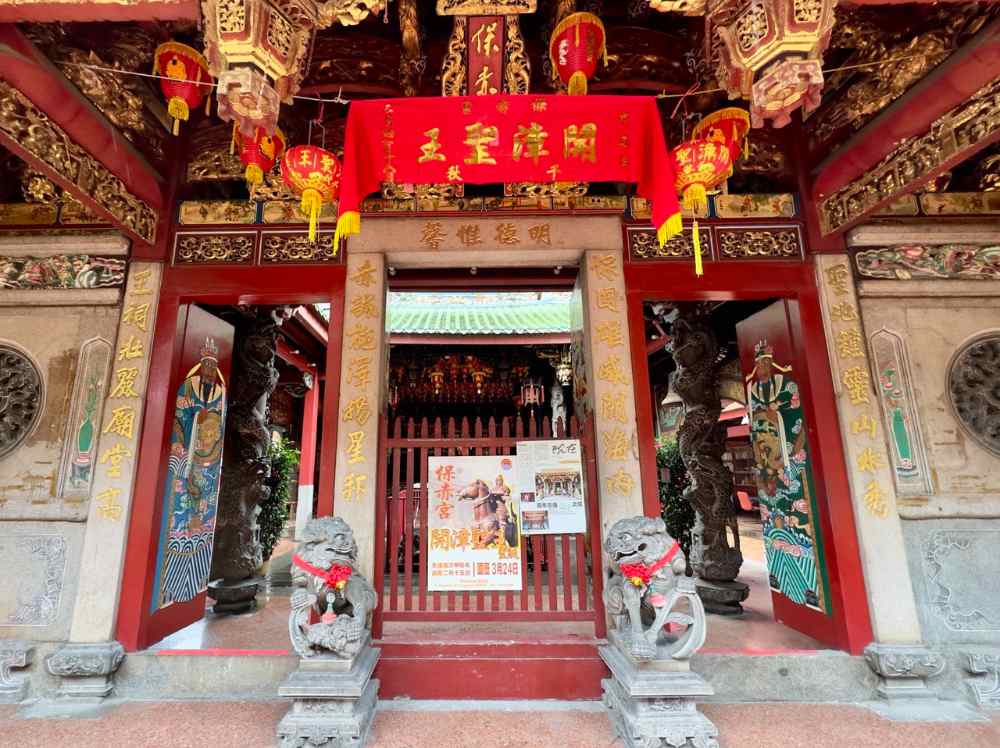 IMAGE: NG KAI
IMAGE: NG KAI
The temple is filled with intricate carvings and stunning paintings. It features granite columns embellished with dragon sculptures, a rarity in Singapore.
The solid timber double-leafed doors leading to the entrance hall are painted with dragons and door deities to ward off evil spirits. Inside, vibrant wall murals illustrate scenes from Chinese myths, particularly those related to the legendary Emperor Shun.
🕖 Opening hours
Regular visiting hours are daily from 9am to 11pm.
🎟️ Admission
Entry is free.
For the latest updates on Wonderwall.sg, be sure to follow us on TikTok, Telegram, Instagram, and Facebook. If you have a story idea for us, email us at [email protected].

